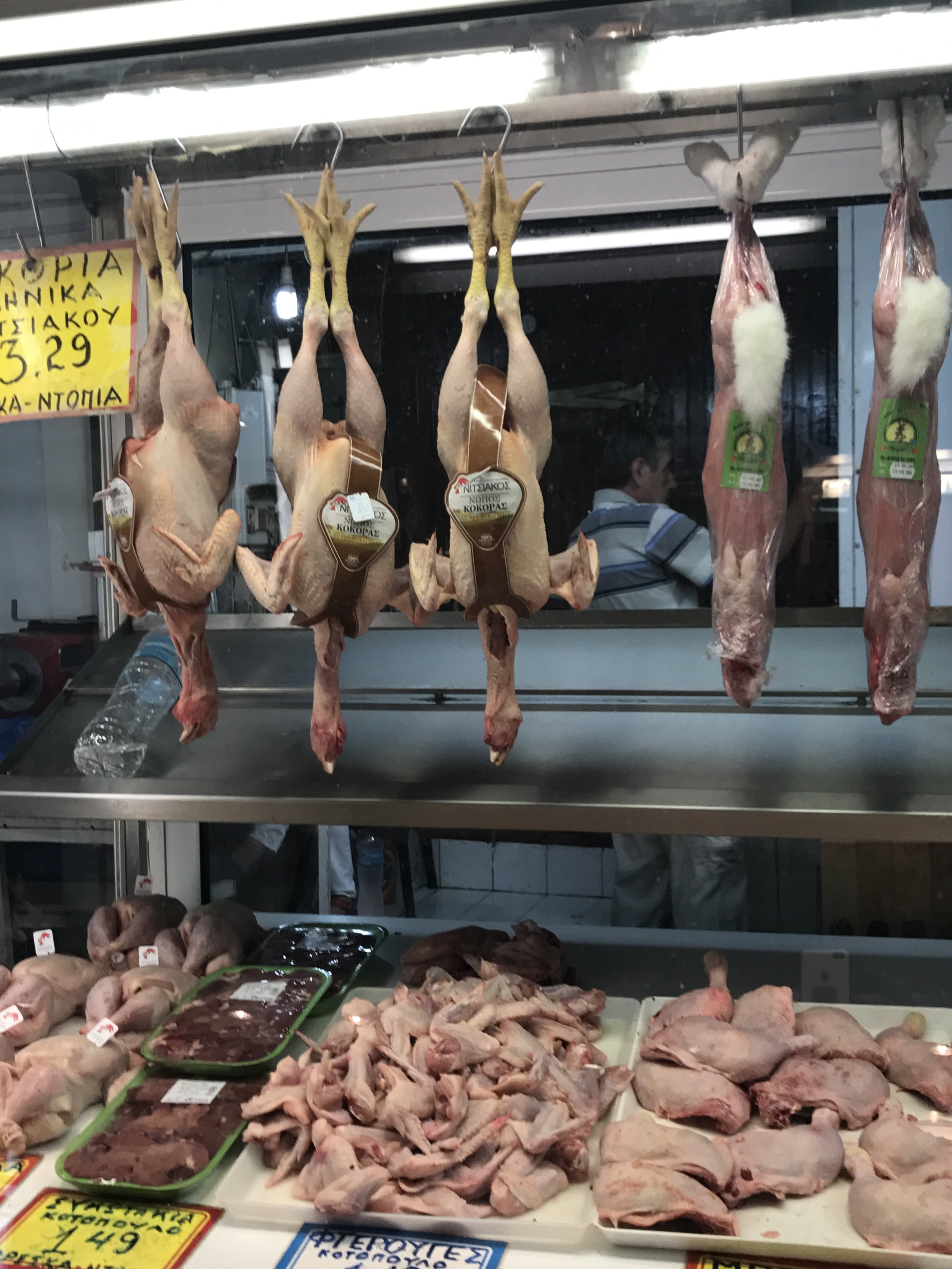I recently completed an online poetry workshop with Kim Addonizio. She is a perceptive and skilled poet and teacher who was both fun to work with and discerning in her critiques. I highly recommend her. As part of the workshop, each participant was asked to pose a question for discussion on the group blog. One of the questions was, What feels dangerous in your writing?
Interesting, yes? Here’s what I wrote: Everything. The fear of not getting it right, of not being able to express exactly what I want to express in the way I want others to receive it (ridiculous control issue there). The fear of being rejected (especially by the “people who matter”—I'll come back to that in a minute). The venturing into a way of writing that I haven’t done before, whether it be poetry or something experimentally genre-bending.
Vulnerability is scary. We open ourselves up in our writing, more than most artists do. There is arguably greater risk, it seems to me, in writing something that has potential to bring on condemnation—if not death, as in the case of dissident poets in totalitarian regimes—than in painting or musical composition or dance. And if we assume the persona of another, whether in fiction or poetry or even nonfiction (as in the case of trying to understand someone else’s motivations), we are inevitably being dishonest. But sometimes it takes that to get to a larger truth.
I was intrigued by the Lionel Shriver controversy last year, because I think novelists particularly have the right to and should write what is true for them, and if it means assuming the persona of another gender or ethnicity or race, then I’m okay with that. Memoirs of a Geisha was written by a man. But I also see the other side. Sherman Alexie writes a lot about what it’s like to be a Native American in a white world, and I, too, found the problem of choosing work based on the ethnicity of a name pretty provocative. At AWP in 2012, Claudia Rankine took Tony Hoagland to task for writing in the voice of a racist narrator in his poem, “Changes.” And Kate Gale added to the fray last year by suggesting that the organization didn’t have a diversity problem, when it clearly did. All of this is to say that we, the writing community, perhaps has as far to go in communicating and understanding our diverse voices as our divided country does today. Okay, I veered off into politics, so let me get back to voice and vulnerability and risk-taking.
I think any time you pick up a pen or pencil and write something from the deepest places inside you with the intention to share, you step into a place of risk. There have been many times when I’ve read something I’ve written to an audience, and had people come up later and tell me what they got from it—and frequently it’s not at all what I intended. So, yes, it’s scary and risky and makes us vulnerable, but in the end we write for ourselves, because we have no control over how others will respond to it.
Now, as to writing for recognition from the groups we aspire to be a part of. There is inherent risk to sending out work and seeking approval from the “legitimate” literary community. I sought approval for a long time, then decided I would learn as much as I could and apply it the best I know how. If something is accepted for publication, I’m thrilled, of course. But I don’t stake my self-worth on it. Sadly, I have some writer friends who do. What I’ve learned is that if you do in fact write outside the expectations of others, you’re less likely to win the approval of editors (especially younger MFA-trained ones) who follow the latest trends. And that’s okay. The only critic you really have to satisfy is yourself, and sometimes that’s the toughest one.

























